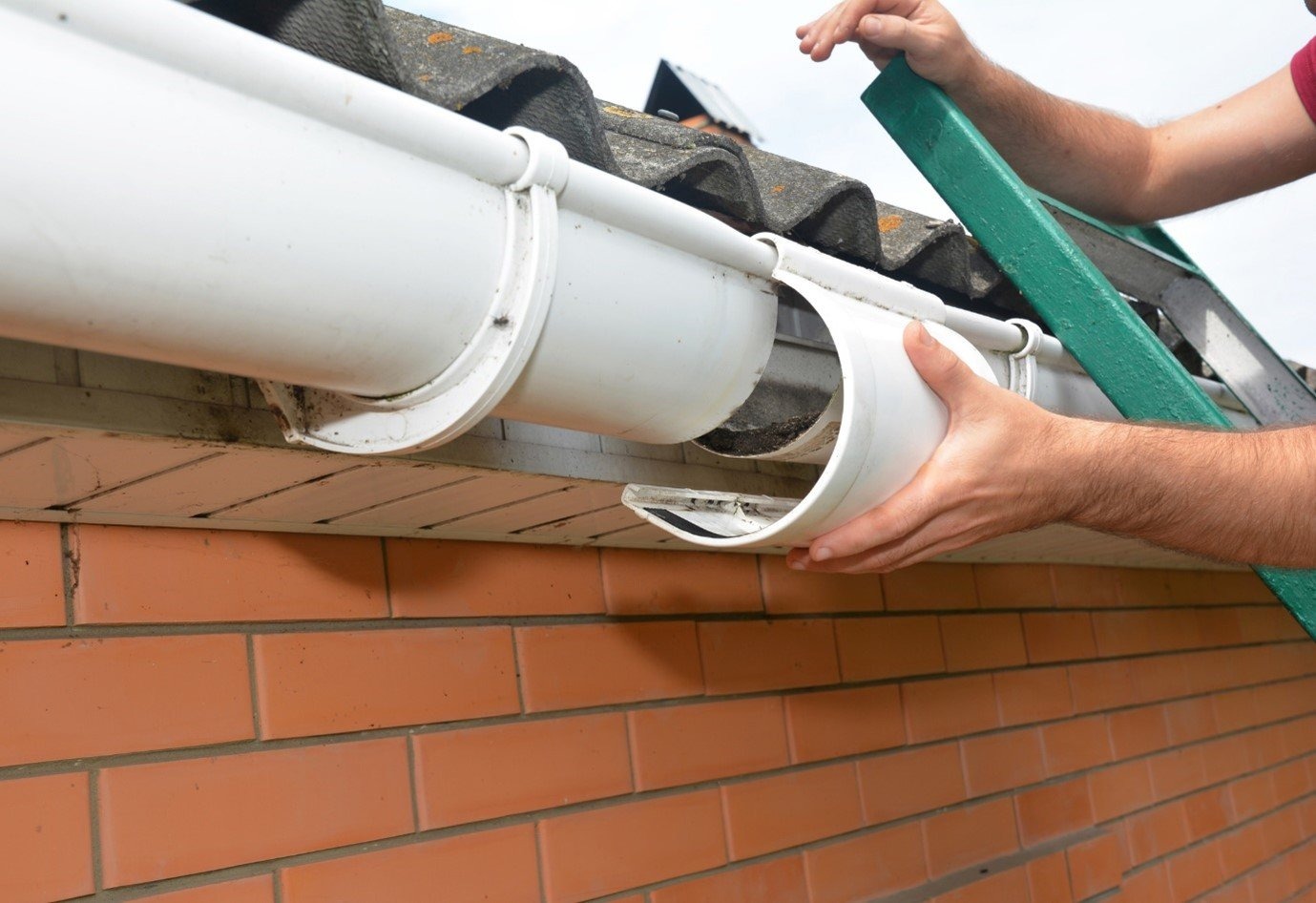
Gutters are the unsung heroes of home maintenance, protecting your property from water damage by directing rainwater away from the roof and foundation. Despite their importance, gutters often go unnoticed until problems arise. Regular care and timely repairs can save you from costly damage. In this article, we’ll cover essential gutter repair tips, common issues, and maintenance strategies to keep your home safe and sound.
Why Gutters Matter
Gutters provide critical protection for your home, including:
- Preventing Water Damage: They direct water away from your roof and walls, reducing the risk of leaks and structural damage.
- Protecting the Foundation: Properly functioning gutters channel water away from the foundation, preventing cracks and erosion.
- Reducing Soil Erosion: By controlling water flow, gutters help preserve landscaping and prevent soil erosion.
- Preventing Mold Growth: Gutters reduce excess moisture around your home, minimizing the potential for mold and mildew.
Common Gutter Problems
Understanding typical gutter issues can help you identify and address them promptly. The most common problems include:
- Clogged Gutters: Leaves, dirt, and debris accumulate over time, obstructing water flow.
- Leaking Gutters: Cracks, holes, or separated seams allow water to escape.
- Sagging Gutters: Excess debris or loose hangers can cause gutters to pull away from the roofline.
- Improper Pitch: Gutters must have the right slope to ensure water flows toward downspouts.
- Rust and Corrosion: Metal gutters, especially older ones, can develop rust that compromises their structure.
DIY Gutter Repair: Step-by-Step Guide
While some repairs may require professional assistance, many gutter issues can be resolved with basic tools and know-how. Here are the steps to tackle common problems:
- Safety First:
- Use a sturdy ladder and ensure it’s placed on stable ground.
- Wear gloves to protect your hands from debris and sharp edges.
- Avoid working on gutters during windy or rainy weather.
- Clear Debris:
- Use a scoop or your hands to remove leaves and dirt. Dispose of the debris properly.
- Rinse the gutters with a hose to ensure they’re completely clear.
- Seal Leaks:
- Identify cracks or holes by running water through the gutter.
- Apply a waterproof sealant to small cracks.
- For larger holes, use a patch made of metal flashing or repair tape, securing it with adhesive.
- Fix Sagging Gutters:
- Tighten or replace loose hangers and brackets to secure the gutter.
- Ensure the gutter aligns with the roofline and downspouts.
- Correct Pitch Issues:
- Check the slope of the gutter using a level. Adjust hangers as needed to create a slight tilt toward the downspout.
- Replace Damaged Sections:
- Remove severely damaged sections with a hacksaw.
- Attach replacement sections using connectors and sealant to ensure a watertight fit.
Tools and Materials Needed for Gutter Repair
Having the right tools makes gutter repair easier and more efficient. Here’s what you’ll need:
- Ladder
- Work gloves
- Gutter scoop or trowel
- Hose with nozzle
- Waterproof sealant
- Metal flashing or repair tape
- Replacement hangers and brackets
- Screwdriver or drill
- Level
Preventative Maintenance for Gutters
Regular maintenance is key to extending the lifespan of your gutters and avoiding costly repairs. Follow these tips:
- Clean Gutters Regularly:
- Remove debris at least twice a year, particularly in spring and fall.
- Consider more frequent cleaning if your home is surrounded by trees.
- Inspect After Storms:
- Check for clogs, sagging sections, or leaks following heavy rain or wind.
- Install Gutter Guards:
- Gutter guards or screens prevent debris from entering, reducing the frequency of cleaning.
- Check Downspouts:
- Ensure downspouts are clear and direct water at least 5-10 feet away from your home’s foundation.
- Trim Overhanging Branches:
- Prevent leaves and twigs from falling into gutters by trimming nearby tree branches.
When to Call a Professional
Certain situations require the expertise of a professional gutter repair service. Consider professional help if:
- Severe Damage: Large sections of your gutter system are damaged or detached.
- Complex Systems: Homes with multi-story or intricate gutter systems are safer when handled by professionals.
- Persistent Problems: If DIY repairs fail to resolve issues like leaks or improper drainage, a professional inspection can uncover the root cause.
Upgrading Your Gutter System
If your gutters are old or beyond repair, upgrading to a new system may be the best option. Consider these factors when selecting new gutters:
- Material Options:
- Aluminum: Lightweight, rust-resistant, and affordable.
- Copper: Durable and visually appealing, but costly.
- Vinyl: Easy to install and inexpensive, but less durable.
- Steel: Strong and long-lasting, but prone to rust without proper maintenance.
- Styles:
- K-Style: Popular for their high capacity and decorative look.
- Half-Round: Suitable for older or traditional-style homes.
- Size:
- Choose a size appropriate for your area’s average rainfall to ensure efficient water flow.
Conclusion
Gutters are an essential part of your home’s defense against water damage. By performing regular maintenance and addressing repairs promptly, you can ensure their functionality and extend their lifespan. Whether you choose to handle repairs yourself or hire a professional, keeping your gutters in top condition is a smart investment in your home’s value and safety.